- Home
- TV History
- Network Studios History
- Cameras
- Archives
- Viewseum
- About / Comments
Skip to content
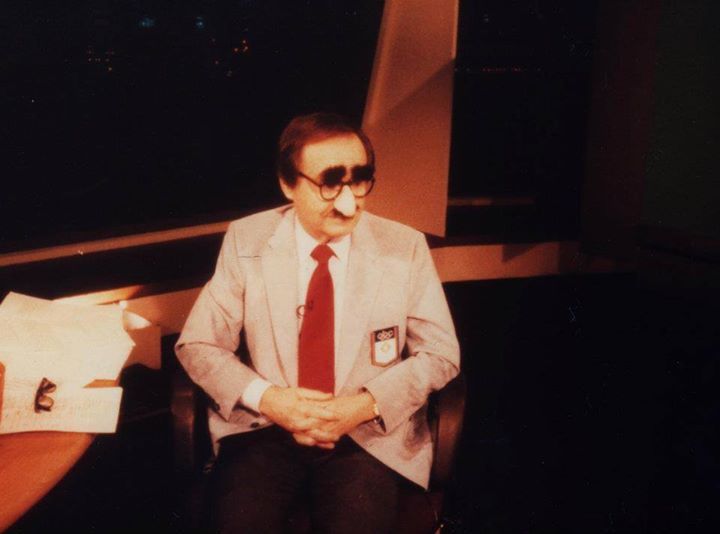

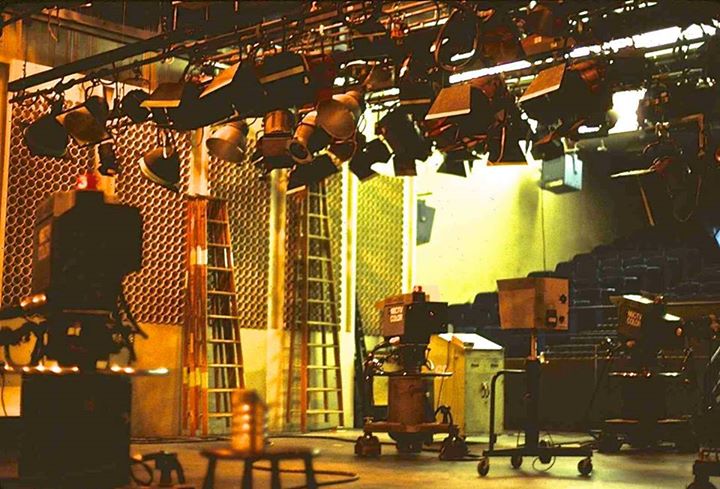

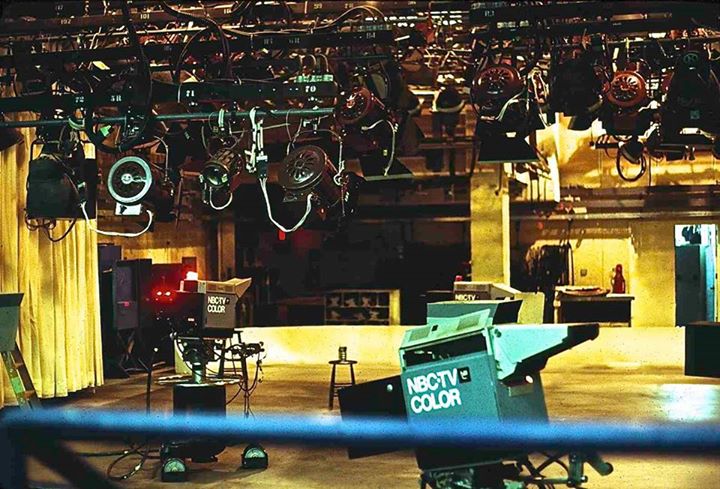

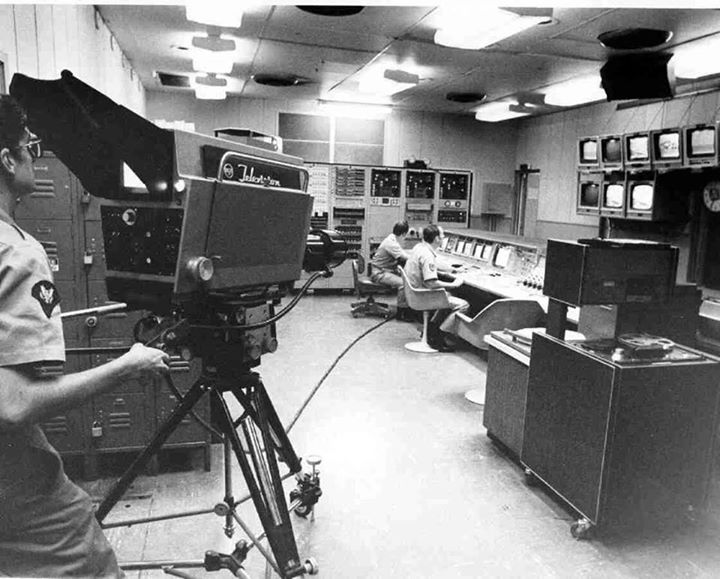

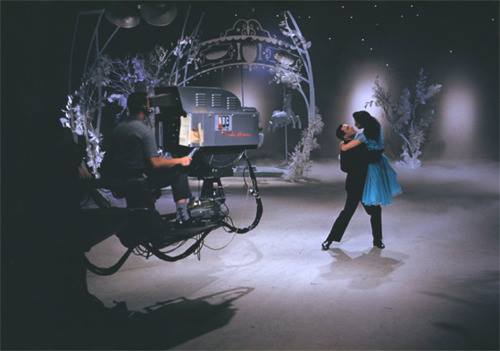

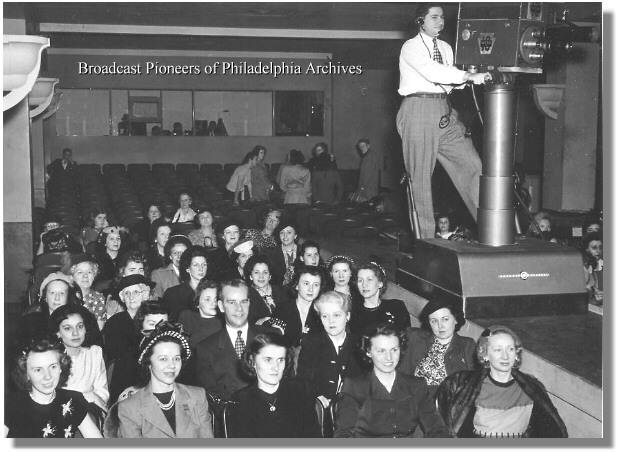

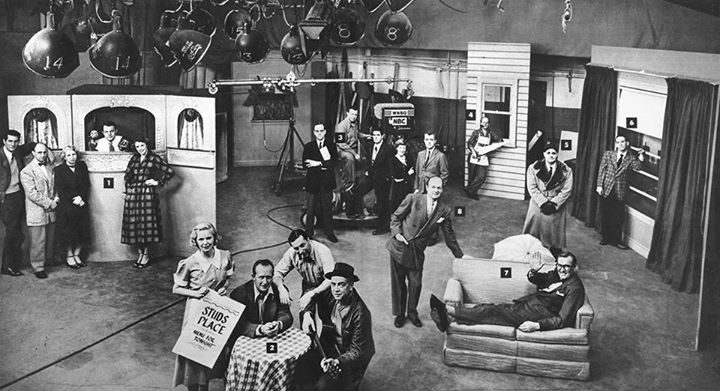

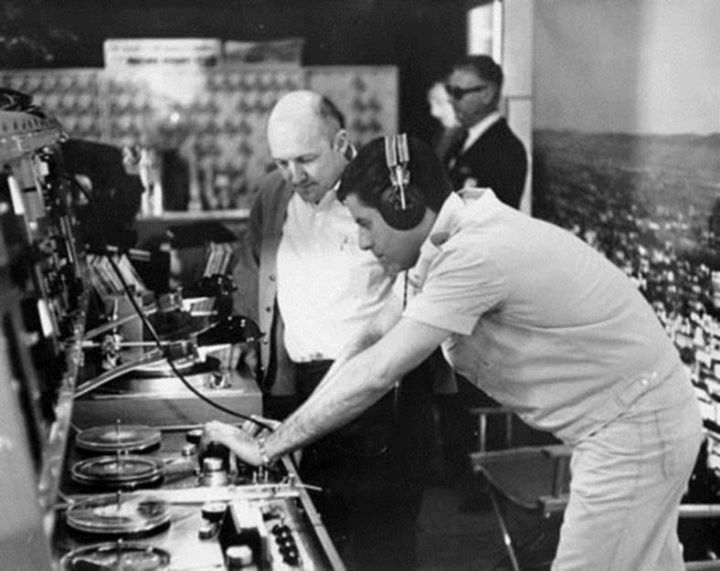

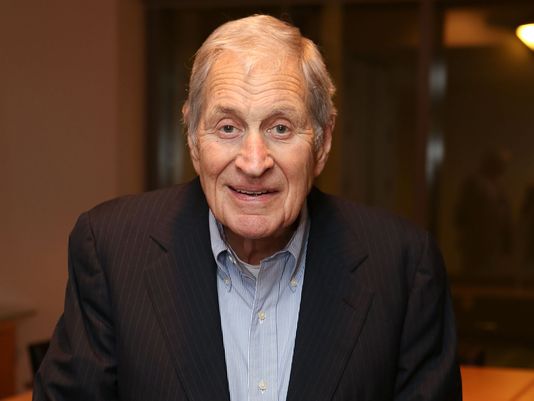

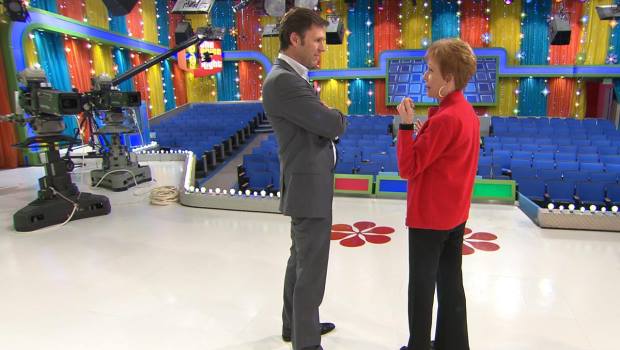

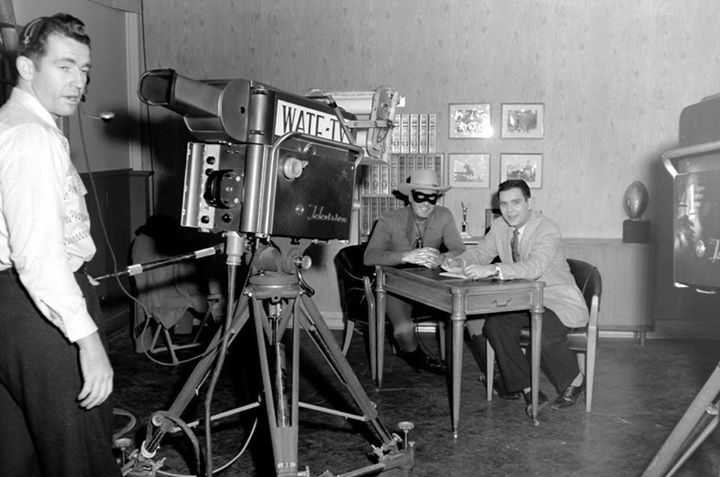

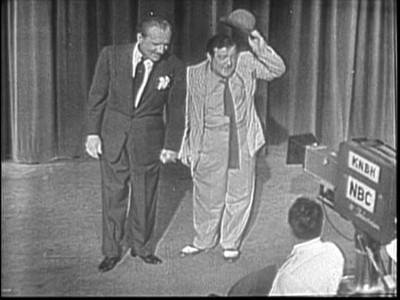





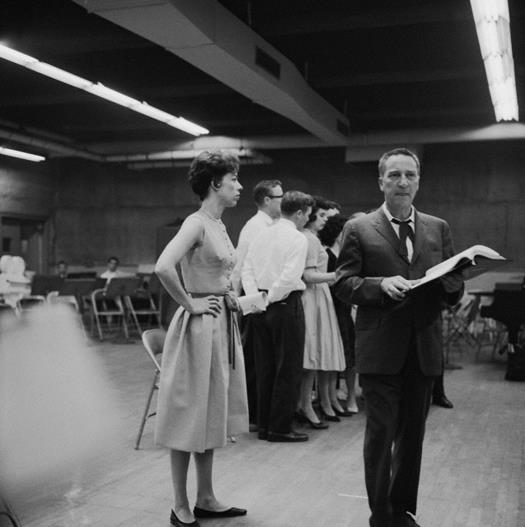

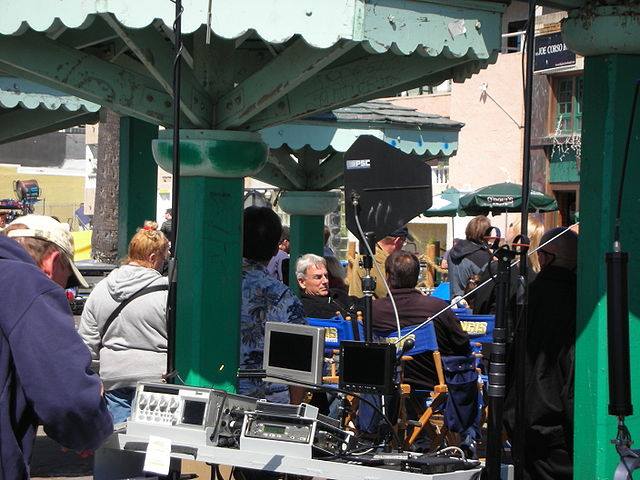

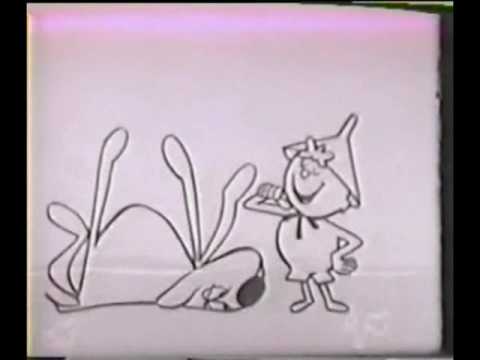

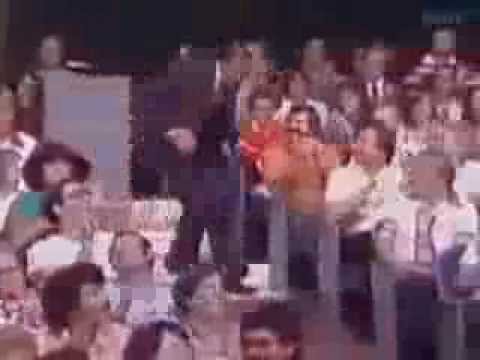



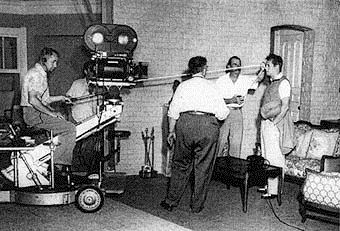

Posts in Category: TV History
Page 105 of 136
« Previous
1
2
3
4
5
6
7
8
9
10
11
12
13
14
15
16
17
18
19
20
21
22
23
24
25
26
27
28
29
30
31
32
33
34
35
36
37
38
39
40
41
42
43
44
45
46
47
48
49
50
51
52
53
54
55
56
57
58
59
60
61
62
63
64
65
66
67
68
69
70
71
72
73
74
75
76
77
78
79
80
81
82
83
84
85
86
87
88
89
90
91
92
93
94
95
96
97
98
99
100
101
102
103
104
105
106
107
108
109
110
111
112
113
114
115
116
117
118
119
120
121
122
123
124
125
126
127
128
129
130
131
132
133
134
135
136
Next » Yes, Jim McKay Did Have A Sense Of Humor…
On September 19, 2013
- TV History
Yes, Jim McKay Did Have A Sense Of Humor…
Some thought ABC’s top sportscaster had no sense of humor, but as you can see with this ‘crew gag’, he did. This is from the 1984 Sarajevo Winter Olympics. I think everyone in the anchor booth and truck had a pair of these and the rumor was, they wore them quite a bit to break up the fatigue of very long days that included covering events live and coming back on the air in US prime time to host the highlights of the day.
More From Glenn Mack, NBC’s Studio 6B ..
On September 19, 2013
- TV History
More From Glenn Mack
Below is another photo from Glenn of NBC’s Studio 6B just after Johnny Carson had left for California. In the weeks ahead, there will be more but in the meantime, here is a little about Glenn and how these photos came to be in his own words.
I grew up on Long Island, just outside New York City. It was during the golden era of New York television production. I had taken the NBC studio tour more times than I can remember. I was always interested in what went on behind the scenes. While watching The Tonight Show, I’d watch for a glimpse of the normally unseen part of the studio. I guess I got it from my dad, who was able to get into some Hollywood movie studios in the 40’s and 50’s. My Godfather was Robert Pittack, Cinematographer. (To me, most famous for shooting some of the Twilight Zone TV series). In that sense, I was always aware of the business.
I was thrilled when a friend of the family, who worked for NBC, brought me in for a personal tour. This was in 1972. I was around 15 years old, and I was just starting my interest in photography. My dad, who was really the photographer in the family, wasn’t going to let an opportunity like this go by. So, he outfitted me with a 35mm Pentax, a 400 ASA color slide film, and I was on my way. Keep in mind, no photography was allowed on the regular tour, so I was in heaven.
About a month later, another family friend who worked for CBS in New York, took me on a personal tour of CBS studios. There were no public tours of CBS, so this was really a coup. Of course, I brought the camera once again.
Now, many years later, I didn’t know if there was any interest in what I had. Until I found eyesofageneration.com, and Bobby Ellerbee. For a while, I was happy just looking at some of the great pictures Bobby would post. Then I decided to email him and tell him about some photos I had, that were “pretty good”. Judging by his reaction, I guess they are “pretty good”.
The are INDEED “pretty good” Glen! Do you have photos like this? Please let me know if you do!
NBC Studio 6B…Johnny Is Gone! Glenn Mack Photo
On September 18, 2013
- TV History
The Glenn Mack Photos…A Small Sample Of Things To Come
This is a gorgeous photo of NBC Studio 6B taken by Glenn Mack shortly after ‘The Tonight Show’ moved to California. Just behind the RCA TK44, who’s tally lights are lit, would have been where Johnny’s desk and guests would have been. More on Glenn and more of his stunning photos tomorrow, but in the mean time, enjoy!
Good Evening Vietnam!
On September 17, 2013
- TV History
Good Evening Vietnam!
An RCA TK60 shoots the control room of American Forces Vietnam, or AFVN, television in Saigon in 1972 for a segment in the evening news cast. Did you know the navy had TK60s on their aircraft carriers to show the flight deck to the controllers on the bridge?
‘The Pontiac Star Parade’ 1959
On September 16, 2013
- TV History
‘The Pontiac Star Parade’ 1959
Here’s Gene Kelly in the dress rehearsal at NBC Burbank. At the link below you can see another clip from the show that gives you a good look at one of the huge studios and some pretty fancy crane camera work at the start. The cameras were RCA TK41s.
‘Cinderella Weekend’, WCAU Philadelphia
On September 15, 2013
- TV History
‘Cinderella Weekend’, WCAU Philadelphia
This is a photo from 1950 taken at WCAU’s Chestnut Street studio. That’s a pretty interesting General Electric pedestal under that RCA TK30. Although ‘Cinderella Weekend’ was produced locally in each market, it was actually a package show that stations paid a fee for. Monday-Friday homemakers answered questions from a panel for a daily winner, and on Friday, one of the daily winners would win the weekend sightseeing trip to NYC.
Chicagoland Television Icons
On September 15, 2013
- TV History
Chicagoland Television Icons
Perhaps the only major 50s personality missing in this photo is Hugh Downs who was at WBKB when this was made, but joined the NBC staff the next year. 1 is the staff of ‘Kukla, Fran and Ollie’. 2 is the staff of ‘Stud’s Place’ with Studs Terkel. 3 is the staff of ‘Garroway At Large’. 4 is handyman Walt Durbhab of ‘Walt’s Workshop’. 5 is Clint Youle, the Casual Weatherman. 6 is Cliff Norton, Garroway’s funnyman. 7 is Dave Garroway, and 8 is Jules Hernuveaux, NBC’s Chicago Director of Network Operations.
Jerry Lewis and Video Assist
On September 14, 2013
- TV History
Follow Up: Jerry Lewis and Video Assist
A few days ago, I posted a photo of Lewis with a Dumont Electronicam and told some of the story of his work in developing video assist for movies. Here is the whole story from an article I wrote a while back complete with some interesting photos with details on the picture pages.
In a way, he really is ‘The Nutty Professor’. After the Martin & Lewis breakup, Jerry began to get more involved in movie making and television and his first TV directing experience was on an episode of ‘Ben Casey, MD’ that he also appered in. In 1960, he wrote directed and starred in ‘The Bell Boy’ and that’s where the video assist process started. Jerry had console built to house a couple of audio tape recorders, a turntable and a Sony video tape recorder. Along the same lines as the Dumont Electrocam from the 50’s, Lewis mounted a video camera on the film camera and the rest, as they say is history.


Sound pioneer Ray Dolby dies
On September 13, 2013
- TV History
Remembering Ray Dolby
His first job was at Ampex working on video tape recording. From there, the rest is history. He was a true pioneer in audio and will be missed.
http://www.usatoday.com/story/news/nation/2013/09/12/ray-dolby-dies/2807823/
445 62 Share This Story!Let friends in your social network know what you are reading aboutFacebookEmailTwitterGoogle+LinkedInSound pioneer Ray Dolby diesPost to Facebook Incorrect please try again Try Another Audio Captcha Image CAPTCHA Help CancelSendPosted!A link has been posted to your Facebook f…
There’s No Place Like “Home”…Studio 33
On September 13, 2013
- TV History, Viewseum
There’s No Place Like “Home”…Studio 33
https://www.youtube.com/watch?v=21bd_zY3MS0&ab_channel=CBSNews
Here’s Carol Burnett with CBS Newsman Lee Cowan. In the clip linked above, you’ll see his 8 minute visit with her that ran on ‘Sunday Morning’. Nice piece with some interesting shots along the way. Enjoy!
The Lone Ranger…Something You My Not Have Known
On September 13, 2013
- TV History
The Lone Ranger…Something You My Not Have Known
Here’s Clayton Moore visiting ABC affiliate WATE in Knoxville during a charity telethon. The show’s original run was from September 1949 till September 1957 on ABC. It starred Jay Silverheals as Tonoto and Moore as The Lone Ranger, BUT…from 52 till 53, Moore was replaced by John Heart over a salary dispute. Unless any of us saw and remember the first run of the show, we would never have known this because when ABC, CBS and NBC aired the show in reruns, they never aired the season with John Heart. Thanks to James Finch for the photo.
The Landmark Achievements Of “The Colgate Comedy Hour”
On September 12, 2013
- TV History
The Landmark Achievements Of “The Colgate Comedy Hour”
There are three major landmarks in television history that occurred on this show which ran from September of 1950 through December of 1955. The first landmark is “the wheel format” which basically inserted rotating hosts on a weekly basis. The network also used the wheel format on ‘The All Star Review and it’s successor ‘The Four Star Review’ which later became ‘The Martha Raye Show’ as she had been the most popular rotating host on both prior programs. NBC had an idea that would really “pop” using this format, which brings us to landmark number two…bi-coastal origination.
During the 1950-51 season, AT&T put into regular service a coast-to-coast coaxial/microwave interconnection service which allowed live telecasts from across the nation. Martin & Lewis and Abbott & Costello (seen below) anchored the West Coast, broadcasting from the El Capitan theater in Hollywood (also known as The Hollywood Palace), while Eddie Cantor anchored from New York. This gave NBC a substantial edge over the competing ‘Toast Of The Town’ with Ed Sullivan, since top-grade talent from motion pictures could also do network TV on the West Coast Colgate Comedy Hour, while Sullivan had to work with whomever happened to be in New York at the time that a particular episode aired.
Here is landmark event number three: The episode broadcast on November 22, 1953, hosted by Donald O’Connor, was the first ever, coast to coast color television broadcast in the NTSC color system. There were few other color broadcasts in the 1953-1954 season, and all of them were transmitted by NBC. The series was also used earlier in the season to demonstrate the final form of RCA’s “Compatible” color system to members of the Federal Communications Commission (FCC). Two sets were in the room: an experimental color model and a standard black-and-white unit. Eddie Cantor hosted the program with guests including Frank Sinatra, Eddie Fisher, and Brian Donlevy.
A Dying Breath Brought New Life To Video Assist
On September 11, 2013
- TV History
A Dying Breath Brought New Life To Video Assist
In the very last days in operation as a network, Dumont introduced the Electronicam in 1955. By late ’54 the handwriting was on the wall…in February of 1955, Dumont executives realized the company could not continue as a television network. It was decided to shut down network operations and operate WABD and WTTG as independents. On April 1, 1955, most of DuMont’s entertainment programs were dropped.
April 15, 1955, nine years to the day after opening their fist studio at Wanamaker’s Department Store, the company introduced the 35 and 16mm versions of the Dumont Electronicam. The hope was that this new video and film production tool would help save the company, and after all, the end result was much better than the kinescope.
Jerry Lewis saw an Electrocam in New York in 1956 and never forgot that. ’56 was the year he and Dean Martin split, and Lewis did a few solo movies for director Hal Wallis but became involved in the production as well. By ’60, Lewis was on his own and began writing, directing and starring in his own movies with Paramount as a partner. All the while the Electronicam process was on his mind and by the early 60s, he had begun the process of developing a true video assist technology. By ’66, he had “Jerry’s Noisy Toy” which included video and audio tape capacity and RCA vidicon cameras interlinked with Mitchell BNC cameras.

Television for the Troops
On September 9, 2013
- TV History
The First TV Network Built in a War Zone – AFVH
The American Forces Vietnam Network
Here’s another interesting article from our friend Richard Wirth. I have a photo of Richard operating one of the TK60s, so I know he knows the AFVH story well. Some of you probably do too! Enjoy!
http://provideocoalition.com/pvcexclusive/story/television-for-the-troops
As America’s involvement in the war in Afghanistan winds down, I think back to another long running war – Vietnam. It is well known Vietnam was the first war brought into people’s homes by television. But television proved useful going the opposite direction as well.
Garry Moore & Carol Burnet
On September 9, 2013
- TV History, Viewseum
Garry Moore & Carol Burnet
Here in a rehearsal hall, Gary Moore goes over the show with a young Carol just behind him. She joined the show in 1959 and stayed till ’62, but after this video clip, we’ll get into some of the things that lead up to this.
After spending her first year in New York working as a hat-check girl and failing to land acting jobs, Burnett along with other girls living at The Rehearsal Club, a boarding house for women seriously pursuing an acting career, put on The Rehearsal Club Revue on March 3, 1955. They mailed invitations to agents, who showed up along with stars like Celeste Holm and Marlene Dietrich, and this opened doors for several of the girls including Carol who was cast in a minor role on The Paul Winchell and Jerry Mahoney Show in 1955. She played the girlfriend of a ventriloquist’s dummy on the popular children’s program. This role led to her starring role opposite Buddy Hackett in the short-lived sitcom ‘Stanley’ from 1956 to 1957.
After ‘Stanley’, Burnett found herself unemployed for a short time. She eventually bounced back a few months later as a highly popular performer on the New York circuit of cabarets and night clubs, most notably for a hit parody number called “I Made a Fool of Myself Over John Foster Dulles” (Dulles was Secretary of State at the time). In 1957, Burnett performed this number on both ‘The Tonight Show’, hosted by Jack Paar, and ‘The Ed Sullivan Show’. Burnett also worked as a regular on one of television’s earliest game shows, ‘Pantomime Quiz’, during this time. In 1957, just as Burnett was achieving her first small successes, her mother died.
Carol’s first true taste of success came with her appearance on Broadway in the 1959 musical ‘Once Upon a Mattress’, for which she was nominated for a Tony Award. The same year, she became a regular player on The Garry Moore Show, a job that lasted until 1962. She won an Emmy Award that year for her “Outstanding Performance in a Variety or Musical Program or Series” on the show. Burnett portrayed a number of characters, most memorably the put-upon cleaning woman who would later become her signature alter-ego. With her success on the Moore show, Burnett finally rose to headliner status and appeared in the 1962 special ‘Julie and Carol at Carnegie Hall’, co-starring her friend Julie Andrews. The show was produced by Bob Banner, directed by Joe Hamilton, and written by Mike Nichols and Ken Welch. ‘Julie and Carol at Carnegie Hall’ won an Emmy Award for Outstanding Program Achievement in the Field of Music, and Burnett won an Emmy for her performance. Burnett also guest-starred on a number of shows during this time, including The Twilight Zone episode “Cavender is Coming”.
In 1964, Burnett became good friends with Jim Nabors, who was enjoying great success with his series Gomer Pyle, U.S.M.C.. As a result of their close friendship, Burnett played a recurring role on Nabors’s show as a tough corporal, later gunnery sergeant. Nabors would later be her first guest every season on her variety show.
In 1966, Lucille Ball became a friend and mentor to Burnett. After having guested on Burnett’s highly successful CBS-TV special ‘Carol + 2’ and having the younger performer reciprocate by appearing on The Lucy Show, Ball reportedly offered Burnett her own sitcom called ‘Here’s Agnes’, to be produced by Desilu Productions. Burnett declined the offer, not wanting to commit herself to a weekly series. The two remained close friends until Ball’s death in 1989. Ball sent flowers every year on her birthday. When Burnett awoke on the day of her 56th birthday in 1989, she discovered via the morning news that Ball had died. Later that afternoon, flowers arrived at Burnett’s house with a note reading, “Happy Birthday, Kid. Love, Lucy.
NCIS…Season 11 Coming Up Soon…some interesting details
On September 9, 2013
- TV History
NCIS…Season 11 Coming Up Soon
Here are some interesting details of the show’s history…the pilot for this series aired as a two-part episode of ‘JAG’ in the spring of 2003. Don Johnson (Miami Vice) was offered the part of Gibbs, but turned it down. The sound heard at the beginning and end of each Act, when the scene goes to black and white is Donald P. Bellisario making that noise into a microphone. He wanted a unique way of bookending each act and took a microphone and went into a studio and made that sound into the microphone. Bellisario named the character Leroy Jethro after his family. His brother’s name is Leroy and his father’s middle name is Jethro. Sean Murray (Special Agent Timothy McGee) is the step son of Bellisario, and his sister on the show is in fact his step sister in real life. Pauley Perrette, who plays Abby, actually graduated with a degree in Forensics in college, and then moved to New York to get her masters, and it was there that she got in to acting. before coming to NCIS. Producers have said that most of the personality and interests displayed by Abby come from Perrette just playing herself.
Remember Tom Terrific?
On September 8, 2013
- TV History
Can You Still Sing Along?
Many of us still remember the theme song lyrics to some of our childhood favorites. Remember Tom Terrific?
http://www.youtube.com/watch?v=5PgniqcgdFo
Tom Terrific Theme Song
Gene Rayburn VS The Cameramen
On September 7, 2013
- TV History
Gene Rayburn VS The Cameramen
The camera crew in Studio 33 at Television City have their hands full trying to follow Gene as he races around the studio at the opening of an episode of ‘Match Game ’78’. The Norelco PC70s are in use and it looks like the center camera ramp is still there, but now, doesn’t go all the way back…just half way. By the way, Gene was only 61 at the time, not 75. Thanks to Juan Leal for the clip.
http://www.youtube.com/watch?v=sqIQo6A6IgI
Gene Rayburn comes out jogging through entire set and studio audience
Someone’s In The Kitchen With Lucy!
On September 6, 2013
- TV History
Someone’s In The Kitchen With Lucy!
Ethyl and Lucy rehearse for a scene in the kitchen. In front of the sound boom, Director of Photography Karl Freund is making adjustments with the crew. The show goes before the motion picture cameras in much the same way it would as a live show in a television studio. As Freund pointed out, the almost continuous camera-on-dolly technique employed is adapted from standard TV camera operations for live shows.
The show is photographed on 35mm film with three Mitchell BNC cameras mounted on dollies, as shown in the photos. All three cameras shoot the action simultaneously. The camera in the center makes all the long shots with a 40mm wide-angle lens. The cameras at either side record the action in close-ups, using 3-inch and 4-inch lenses. In the beginning, the company used a cue-track method, which permitted remote control operation of the cameras individually for long shot, medium shot, and close-up, as the script demanded. This system was soon abandoned, however, in favor of regular film production methods, with the tacks from the three cameras edited on the Moviola, etc. The result is greater speed in the photography of scenes and better results in the final editing.
Cueing of camera operators, grips operating the dollies, and of the gaffer handling the light dimmers is still a major function in the production of the weekly films. When the show is being photographed, the script girl in a booth overlooking the stage is in direct contact with the key technicians at all times via two-way intercom phones. Although each man previously is briefed on the operation and in many cases has floor marks to guide him, the script girl insures against any possibility of error by her timely cues. Impressive is the speed with which the crews move on to the next setup and start shooting again. A special check made of this operation showed that elapsed time between camera setups averaged a minute-and-a-half.
A major factor making such speed possible is the lighting arrangement worked out for the production. Since invariably the players are in action over almost the entire set, the light intensity must be uniform over the entire area at all times. There are no light changes, other than those made by dimming. All set illumination, therefore, is from overhead. there are no floor lamps and the only illumination from a lower level comes from the portable fill lights, which are mounted just above the matt box on each camera.
Measure Twice, Cut Once
On September 6, 2013
- TV History
Measure Twice, Cut Once
Director of photography Karl Freund has his back to us as an assistant pulls a tape on Desi Arnaz in the living room set of ‘I Love Lucy’. The action in each weekly episode takes place on three basic sets erected more or less permanently on Stage 2 at General Services Studio. The sets, which represent the Ricardo apartment consisted of a kitchen, a living room, and a third room which is dressed as required. The sets adjoin one another and are, in fact “intercommunicating,” so that action, such as a player entering the living room from the kitchen door, becomes a natural thing; and when the continuity of such action is to be picked up by the cameras, they are merely moved before the adjoining set and filming is resumed in a matter of seconds. Beyond this three-set arrangement is still another set representing the nightclub where Ricky Ricardo is employed as entertainer…this was to the right of the kitchen set. The orchestra was assembled for every show, whether or not it is to be used in the picture filmed that evening.
Page 105 of 136
« Previous
1
2
3
4
5
6
7
8
9
10
11
12
13
14
15
16
17
18
19
20
21
22
23
24
25
26
27
28
29
30
31
32
33
34
35
36
37
38
39
40
41
42
43
44
45
46
47
48
49
50
51
52
53
54
55
56
57
58
59
60
61
62
63
64
65
66
67
68
69
70
71
72
73
74
75
76
77
78
79
80
81
82
83
84
85
86
87
88
89
90
91
92
93
94
95
96
97
98
99
100
101
102
103
104
105
106
107
108
109
110
111
112
113
114
115
116
117
118
119
120
121
122
123
124
125
126
127
128
129
130
131
132
133
134
135
136
Next »